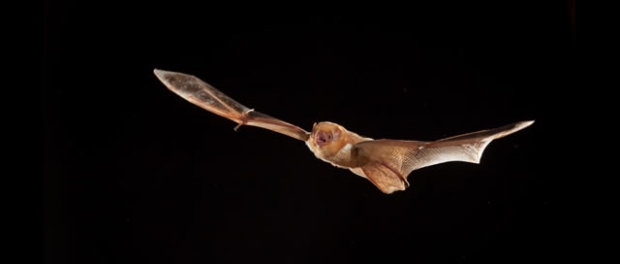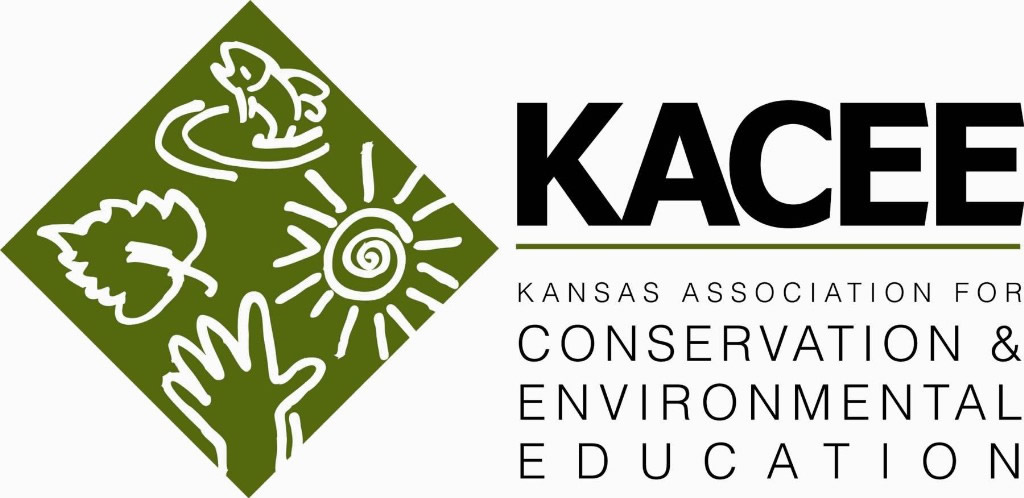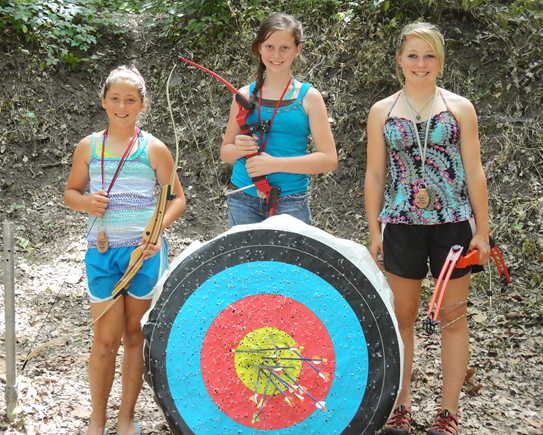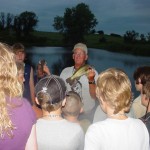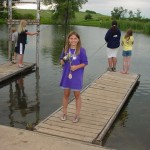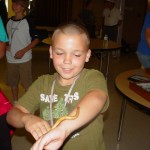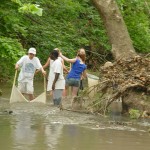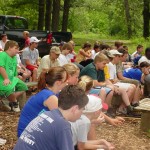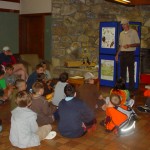The Wildlife Habitat Evaluation Program (WHEP) is a 4-H and FFA youth natural resource program dedicated to teaching wildlife and fisheries habitat management to junior and senior level (ages 8-19) youth in the United States. Today’s students are our future land stewards. Students in WHEP have a greater understanding of the value of land and how it can be managed to benefit wildlife and fish. When they join the work force, former WHEP participants can apply their WHEP skills and knowledge to create better habitat for wildlife and fish, no matter what professional field they have chosen. Studying a science-based manual specific to Kansas, participants: Learn wildlife terms and concepts Learn about wildlife habitat Learn to identify some wildlife species Learn how to judge the quality of wildlife habitat Learn about wildlife habitat management practices Learn about wildlife damage management The WHEP is a hands-on environmental education program. WHEP also provides participants an opportunity to test their wildlife knowledge in a friendly competition. Each state is allowed to enter one 4-H team, and or one FFA team in the annual National WHEP Contest, typically held the last full week of July. The state usually selects the team through a state competition. Each team consists of 3-4 members, ages 14 -18*. The national contest moves to a different state each year. 4-H and FFA age is: * 14 years old as of January 1, of the present (contest) year. * 18 years old as of January 1, of the present (contest) year. However, if you are under the age of 14, you can still participate at the junior level.
In 1996 WHEP was awarded the Conservation Education Award by The Wildlife Society; which is the only professional organization that certifies wildlife biologists nationwide.
KWF members and friends, any help is appreciated. Help getting students interested in the WHEP program, funds to support the contest, or volunteers the day of the event are all welcomed. For more information, contact Charlie Lee at: [email protected] ![https://mail.google.com/mail/images/cleardot.gif]()
Kansas Envirothon
The Kansas Envirothon is an outdoor, environmental high school competition where students learn and are tested on soils, forestry, wildlife, aquatics, and a current issue. In 2013, all teams are required to compete in oral presentations at the Kansas Envirothon competition. The oral presentation will be for 10 minutes with a total of 50 points possible. All team members are required to participate in the presentation.
KWF members and friends, get involved and join in the fun! Contact Roberta Spencer [email protected] for more information on how to volunteer at an Envirothon contest near you!
ECO Meet ECO-Meet is a contest for high school students that will challenge and inspire an interest, appreciation and understanding of the natural sciences and the Kansas environment through interscholastic competition. The ECO-Meets offer a chance for the most naturally-qualified high school students to show what they know and win scholarships. http://www.kansasecomeet.org/
The Kansas ECO-Meet contests occur in the fall. Nine regional ECO-MEETs are scheduled for 2013.
![http://www.kansasecomeet.org/_themes/ecomeet/cacbul1a.gif]() |
Milford (Milford Nature Center) – Wednesday, October 2 |
![http://www.kansasecomeet.org/_themes/ecomeet/cacbul1a.gif]() |
Salina (Lakewood Discovery Center) – Thursday, October 3 |
![http://www.kansasecomeet.org/_themes/ecomeet/cacbul1a.gif]() |
Hutchinson (Dillon Nature Center) – Tuesday, October 8 |
![http://www.kansasecomeet.org/_themes/ecomeet/cacbul1a.gif]() |
Wilson (Wilson Lake) – Wednesday, October 9 |
![http://www.kansasecomeet.org/_themes/ecomeet/cacbul1a.gif]() |
Hays/Webster (Sternberg Museum) – Thursday, October 10 |
![http://www.kansasecomeet.org/_themes/ecomeet/cacbul1a.gif]() |
Wichita (Great Plains Nature Center) – Tuesday, October 15 |
![http://www.kansasecomeet.org/_themes/ecomeet/cacbul1a.gif]() |
Southeast Kansas (Greenbush) – Wednesday, October 23 |
![http://www.kansasecomeet.org/_themes/ecomeet/cacbul1a.gif]() |
Lawrence (Prairie Park Nature Center) – Monday, October 28 |
![http://www.kansasecomeet.org/_themes/ecomeet/cacbul1a.gif]() |
Olathe (Ernie Miller Nature Center) – Wednesday, October 30 |
![http://www.kansasecomeet.org/_themes/ecomeet/cacbul1a.gif]() |
The 2013 KANSAS STATE ECO-MEET will be held at the Dyck Arboretum in Hesston on Thursday, November 7. Contact Jim Mason at [email protected] for more information about the 2013 Kansas ECO-MEET contests. KWF members and friends, get involved and join in the fun! |
Elby’s Envirothon (and WHEP) Advice Here’s some advice. I trust it may help. Let’s start with Envirothon first. Go to other states’ Envirothon web pages and read their learning objectives and see what study materials they suggest. Pennsylvania and New York have good pages. Work on ID items with specimens either in the wild or brought in to the classroom. That is, show students the various animals, plants, fish, etc. that they may need to identify.
In the case of Forestry, work on identifying trees from bark, leaves and fruit. It is early to have leaves but there may be leaves by the end of the month. Also be sure students know how to measure the number of board feet in a tree using a Biltmore stick. There are web pages and videos to demonstrate this as well as how to use a clinometer to get tree height. I usually discuss what makes for a good lumber tree and what defects we should be looking for such as embedded objects, limbs too low to the ground, etc. It doesn’t hurt to touch on some of the main diseases. You might try to get the state forester to visit.
Aquatics– start with fish and freshwater mussel identification. There is an excellent pocket guide to Kansas freshwater mussels. KDWP&T has a great fish ID guide and at one time had sets of fish ID cards to be used for study. Aquatic plants– collect some of the most common for study; these would include pond duckweed, arrowhead, coontail, filamentous algae, water lily, and other water loving plants. There is an excellent book titled Producing Fish and Wildlife from Kansas Farm Ponds that has much valuable information in it. Students also need to know about possible invasive aquatic species both plant and animal such as Asian carp, zebra mussels, water willow, water hyacinth, etc.
Wildlife–I would want them to be able to ID most Kansas animals, certainly the ones that are here year round and that would include some birds, nearly all mammals and some herps. (snakes, lizards, frogs, toads, turtles.) They probably can’t know them all but they should know the Kansas state reptile is the ornate box turtle, and so on. More importantly they should know the habitat requirements of the mammals and birds. This will also help with the WHEP preparation and the WHEP study guide is an excellent short summary of what they should know in this area. The decline in available habitat is what lies behind the decline of almost every wildlife species and certainly those that are threatened and endangered.
Soils– Know the basic types of soils in Kansas and know how to do a ribbon test. Know about soil horizons (the layers you see in a road cut or pit.) Know what structures make up soil. Know a little about soil chemistry. Be able to locate a piece of ground on a map by township and range number, etc. Be able to use a county soil map and topographical map.
Current issue– Rangeland–Know species associated with rangeland, both native grasses and forbs, and the animals– especially those that might be considered keystone species. I would want them to know about succession stages (very important in WHEP) and the tools such as prescribed burning needed to keep rangeland open. Know the importance of having a polycultural ecosystem versus a monocultural ecosystem. Know how the grasses vary across the state with rainfall patterns and know possible invasive species for rangeland including sericea lespedeza, cheat, and leafy spurge, etc.
Most importantly feel comfortable about writing and presenting a plan to effectively manage rangeland for multiple uses, including livestock grazing, recreating, etc.
WHEP– Use the study manual. Get some aerial maps from the local NRCS office and learn how to identify features including being able to use shadows and other aspects to determine riparian areas, mature woodlands — all of the succession stages. Know the habitat requirements for various species and what you might do to encourage certain species to be in an area or conversely, leave an area.
Practice using a Hormel-type scale to rank areas as appropriate for a given species based on interpretations of aerial photographs. Practice giving reasons. FFA students will know this already.
Go out and select an area of maybe twenty acres in size, create a scenario where a landowner wants to manage it for largemouth bass, wild turkey and cottontail rabbits (or other species), then develop a management plan that tells what you are going to do to with the ground to reach the objectives, i.e., plant mast trees, food plots, build a pond or improve a pond and so on. Practice identifying wildlife and wildlife foods.
I hope this helps. I guess some of you know I keep boxes of furs, bones, freshwater mussels for teaching. Angela Anderson (KWF board member) has many of the furs and some other materials currently. However, there are many fine pocket guides available to help students. I strongly recommend a pocket wildlife ID booklet that also has tips on field dressing, etc, available from KDWP&T’s outdoor store for $1.50.
Questions, Elby Adamson KWF board member [email protected]
